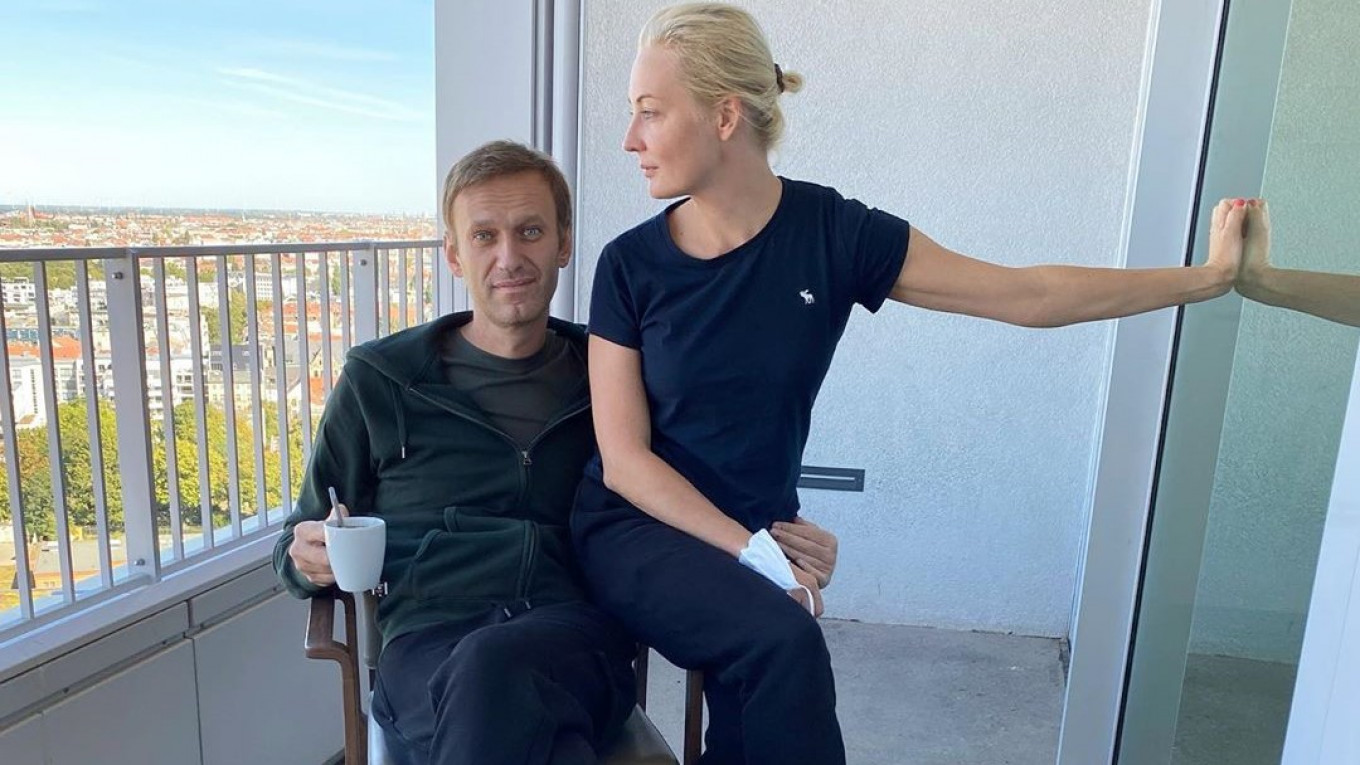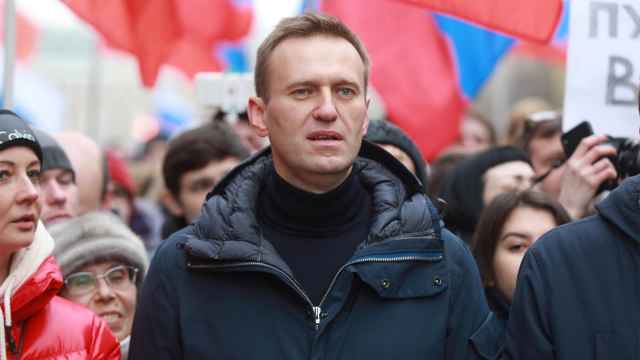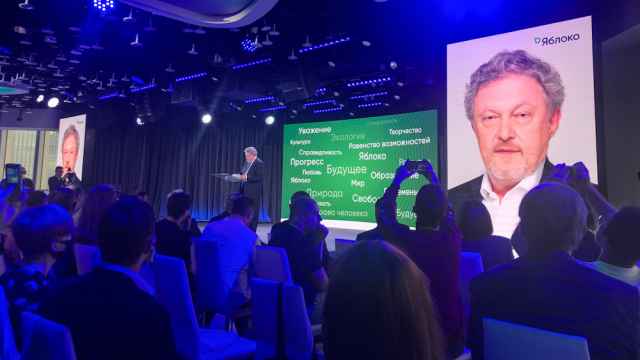Russian opposition leader Alexei Navalny said Monday that Western laboratories had found traces of a Novichok nerve agent in and on his body and demanded that Moscow return his clothes.
Navalny, who is recovering in Berlin's Charite clinic, fell violently ill during a flight from Siberia to Moscow on Aug. 20. He spent two days in hospital in Russia before being airlifted to Germany.
"Two independent laboratories in France and Sweden and the Bundeswehr specialized laboratory confirmed the presence of Novichok in and on my body," he said in his first blog post since emerging from a coma, referring to a German military lab.
He noted that Russia had still not opened an investigation and that Russian talk shows had suggested that Western intelligence officials or his own allies carried out the attack.
"I did not expect anything else," he wrote.
He also demanded that Russian authorities return his clothes that were removed before he was flown to Germany — "totally naked" — saying they were important evidence.
"Taking into account that Novichok was found on my body, and poisoning through physical contact is highly likely, my clothes are a very important piece of evidence," he wrote.
"I demand my clothes be carefully packed in a plastic bag and returned to me."
'Love heals'
In a poignant post on Instagram, he published a picture with his wife of 20 years, Yulia, saying he remembered little of his illness but that she had helped his recovery.
"Now I definitely know from experience: love heals and brings you back to life," he said.
"Yulia, you have saved me, and let it go down in neurobiology textbooks."
He said she had played him music, sang him songs, and laughed.
The opposition figure said last weekend he could walk with a "tremble" and that in his first days he had needed therapy to help him recover his speech.
Navalny supporters and European leaders have said that the poisoning using Novichok, a military-grade nerve agent, points to a state-sanctioned attack.
Siberian transport police, which has carried out a basic examination of Navalny's movements, said Monday it was continuing a pre-investigation probe and had questioned around 200 people.
The head of Navalny's Anti-Corruption Foundation, Ivan Zhdanov, said employees would no longer collaborate with police in the Siberian city of Tomsk, accusing authorities of trying to conceal a crime.
"We are not going to take part in this," he said.
A Message from The Moscow Times:
Dear readers,
We are facing unprecedented challenges. Russia's Prosecutor General's Office has designated The Moscow Times as an "undesirable" organization, criminalizing our work and putting our staff at risk of prosecution. This follows our earlier unjust labeling as a "foreign agent."
These actions are direct attempts to silence independent journalism in Russia. The authorities claim our work "discredits the decisions of the Russian leadership." We see things differently: we strive to provide accurate, unbiased reporting on Russia.
We, the journalists of The Moscow Times, refuse to be silenced. But to continue our work, we need your help.
Your support, no matter how small, makes a world of difference. If you can, please support us monthly starting from just $2. It's quick to set up, and every contribution makes a significant impact.
By supporting The Moscow Times, you're defending open, independent journalism in the face of repression. Thank you for standing with us.
Remind me later.






